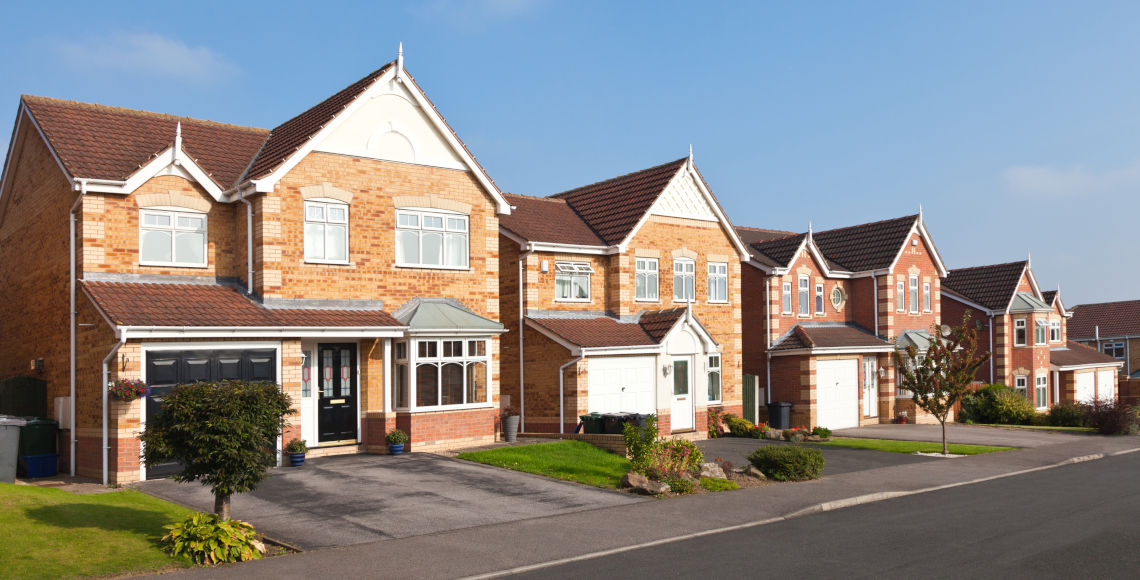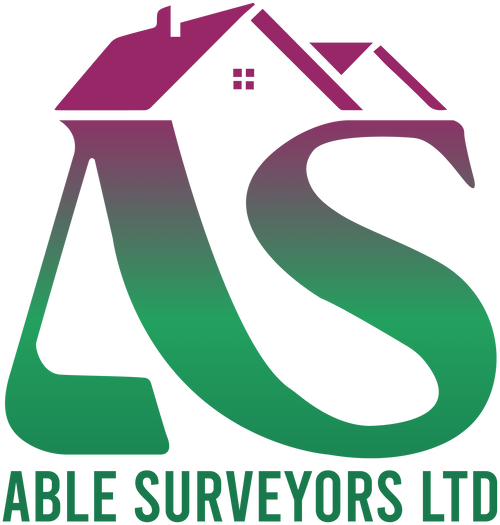
If you are thinking of making home improvements to your property, the issue of planning permission may weigh heavily on your mind. But did you know that, in many cases, you won’t need to obtain planning consent? Under ‘permitted development rights’, homeowners can make certain alterations without the need to apply for planning permission. This may include loft extensions, garage conversions and home extensions.
At Able Surveyors, our team of experienced Chartered Surveyors provides a wide range of surveying services and property-related services to help our clients get the most from their property assets. Our team hold expertise in home surveys in London and the home counties, and are RICS chartered, giving you peace of mind that we are experts in our field.
Let’s take a deep dive into the subject of Permitted Development and find out what it’s all about, and how the provisions can make your life easier when it comes to upgrading your property.
What is Permitted Development?
According to the government website, “permitted development rights are a national grant of planning permission which allow certain building works and changes of use to be carried out without having to make a planning application”. For homeowners wanting to improve their dwelling, this can be of major benefit to anyone wanting to add value to their property or maximise the potential of a new property investment.
Permitted development rights apply to the building as it was built or, for older properties, as it stood on 1st July 1948. There is a limit to the number of alterations that can be made to a building under permitted development. If you purchase a property that has already been altered including any additions made by previous owners since 1948, it is possible that some or all of the property’s permitted development allocation may have already been used up.
Permitted development is regulated through local planning authorities, in the same way as planning consent. Before you start your build, you need to ensure that your plans are compliant and obtain written confirmation from your local planning officer that the proposed works are indeed classed as permitted development. Visit the Planning Portal to review the rules and ask your local planning authority for guidance, if you’re unsure.
What are you allowed to do under Permitted Development?
Permitted development rights for households fall into different categories, depending on the proposed improvements for internal or external works. Each category stipulates criteria that must be fulfilled for permitted development rights to apply, otherwise, planning consent must be obtained. Here’s a list of home improvements that generally fall under permitted development rights:
- Erection of front porch
- Garage conversion
- Side extension
- Rear building extension
- Loft conversion
- Installation of roof lights and dormer windows
- Internal alterations to the building
- External solar roof panel installation
- Erection of antennae and satellite dishes
What are you NOT allowed to do under Permitted Development?
If your building plans involve a new-build house or the formation of new dwellings by subdividing an existing property, permitted development rights are unlikely to apply. The list below includes other types of work that also fall outside the scope of permitted development:
- Building a front extension
- Verandas and balconies
- Raised platforms
- Extensions that are larger than half of the original land around the original house
- Extensions that are more than 4 metres high or larger than half the width of the original house
It is important to note that permitted development rights do not apply to leasehold properties, including flats and maisonettes, nor listed buildings.
Can Permitted Development rights be withdrawn?
It would be unwise to assume that permitted development rights will always apply, since permitted development rights can be restricted or withdrawn. As already mentioned above, leasehold properties do not have any permitted development rights. Check the lease to see what alterations are permitted and obtain the landlord’s written consent for any alterations you wish to make. For structural alterations to a flat or maisonette, you will also need to obtain planning consent.
If your house already is affected by planning restrictions, for example, if it is located in a Conservation Area, an AONB, National Park or World Heritage Site, there may be an Article 4 Direction in place to remove or restrict your permitted development rights. In this case, priority is given to the preservation of the specific character of the local area. The same applies if the property in question is a listed building, requiring Listed Building Consent or improvements or alterations to any of the ‘listed’ architectural features.
What to do next?
If you wish to perform home improvements or structural alterations to your property, your first port of call should be the Planning Portal and your local planning authority. Here you will find useful guidance and obtain written confirmation that your building project falls under permitted development. If the proposed works fall outside the scope for permitted development for whatever reason, planning consent will have to be sought.
Improving your property to make it more comfortable to live in, while adding value is high on the agenda for many homebuyers and owners. For professional advice and guidance regarding your permitted development rights and any planning issues you could be facing, contact Able Surveyors for an initial consultation.
